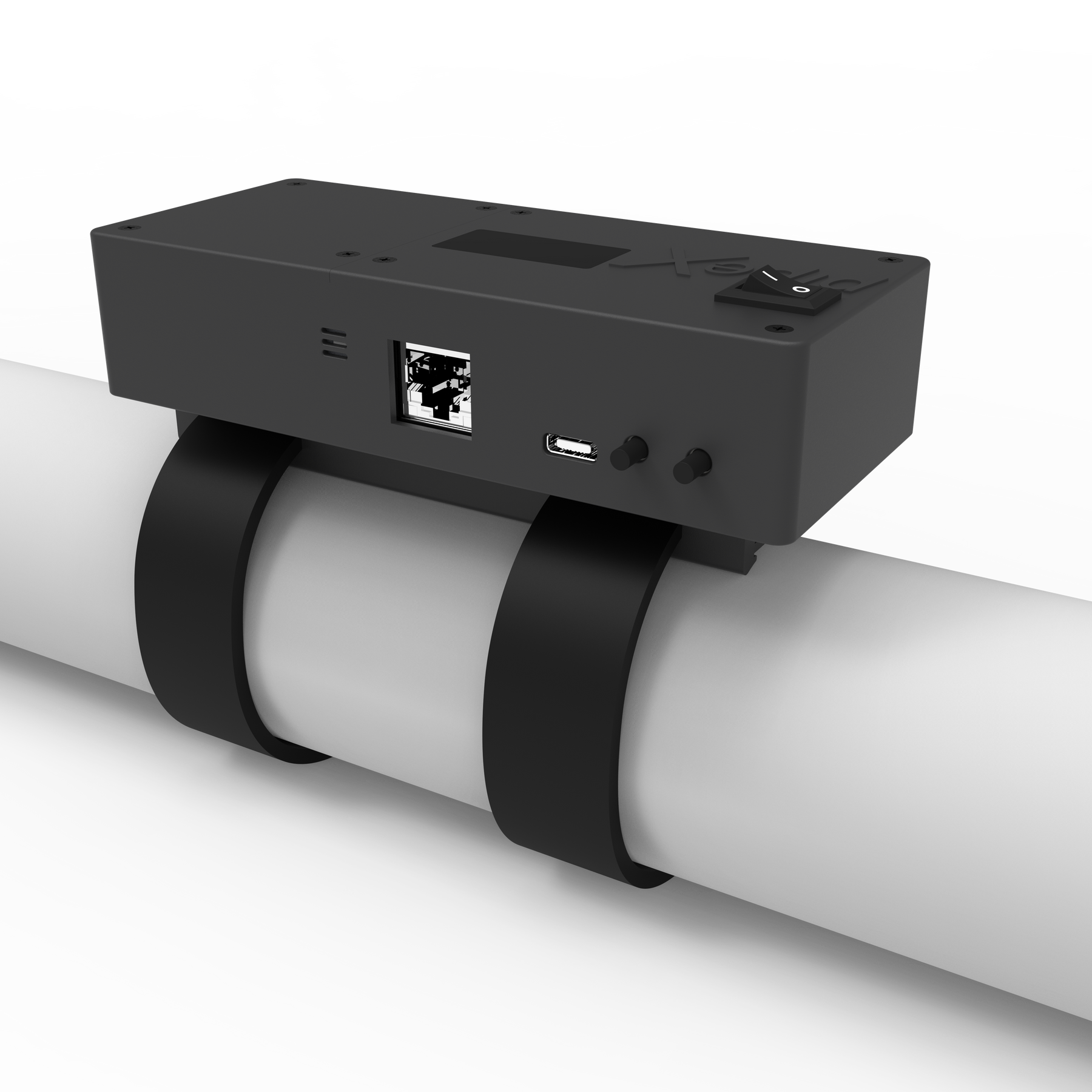Are you planning to renovate your bathroom? One of the most critical questions you might ask yourself is, what do you put under tile in a bathroom? Proper prep work is essential for ensuring your tiles are both long-lasting and visually appealing. This article aims to provide you with a comprehensive guide to help you make informed decisions.

Importance of Proper Subfloor Preparation
Preparation of the subfloor is crucial in any tiling project. A well-prepared subfloor can extend the longevity of your tile installation. The key is to start with a clean, level, and stable surface. Any imperfections can lead to damaged tiles, cracked grout, or even water damage.
Common Types of Subfloor Materials
There are various types of materials you can use for your subfloor. The most common ones include plywood, cement board, and concrete. Each has its own unique set of benefits and challenges:
- Plywood: Ideal for most tile installations.
- Cement Board: A solid choice for moisture-prone areas.
- Concrete: Often found in basements and older homes.

Plywood Subfloor
A plywood subfloor is one of the most commonly used types. It’s relatively inexpensive and easy to work with. However, there are some things to keep in mind to ensure it lasts a long time.
Is Plywood Sufficient for Tiling?
While plywood can serve as a good base for tiles, it needs to be thick enough to avoid any movement. Generally, a 3/4 inch thick plywood is recommended. If you’re tiling over a wooden subfloor, you might want to consider using a layer of cement board over the plywood to provide additional stability.
Preparing a Plywood Subfloor
Before laying tiles, ensure the plywood is clean and free of any debris. Apply a layer of thin-set adhesive to help the tiles stick better. You might also need to seal the plywood to prevent moisture absorption, which can lead to the growth of mold and mildew.

Cement Board Subfloor
A cement board is another commonly used underlayment for bathroom tiles. It’s particularly beneficial in areas prone to moisture.
Advantages of Using Cement Board
Cement board is resistant to water damage, making it ideal for bathrooms. It also provides a very stable surface for tiling, reducing the risk of cracked tiles and grout.
How to Install Cement Board
Installing cement board involves a few key steps:
- Cut the cement board to the required size.
- Secure it to the subfloor using screws.
- Apply fiberglass mesh tape to the seams.
- Cover the tape with a thin layer of thin-set adhesive.
Concrete Subfloor
A concrete subfloor might be less common in modern homes but is still widely used, especially in older constructions. Heres what you need to know about tiling over concrete.
Benefits of Using Concrete
Concrete is incredibly durable and can handle a lot of weight, making it a fantastic option for tiles. However, its essential to ensure that the concrete is fully cured and free of any cracks or damage.
Preparing a Concrete Subfloor
To prepare a concrete subfloor, follow these steps:
- Clean the surface thoroughly.
- Patch any cracks or holes.
- Level the surface using a self-leveling compound.
- Apply a moisture barrier if necessary.
Importance of Underlayment
The underlayment serves as a waterproof layer that also provides additional stability to the tiles. It prevents moisture from seeping through to the subfloor and reduces the risk of tiles cracking.
Types of Underlayment
Several types of underlayment can be used under bathroom tiles. These include:
- Foam
- Cork
- Rubber
- Felt
Installing Underlayment
Installing underlayment correctly is just as important as selecting the right type. Heres how to do it:
- Clean and dry the floor.
- Roll out the underlayment.
- Trim to fit using a utility knife.
- Secure it in place with adhesive or screws.
Waterproofing Your Subfloor
Waterproofing is an essential step to prevent moisture damage. This can extend the life of your tiles and subfloor dramatically.
Using Waterproof Membranes
Waterproof membranes come in several forms like sheet membranes, liquid membranes, and foam backer boards. These provide an effective barrier against moisture and can be easily applied over plywood, cement board, or concrete.
Installing a Waterproof Membrane
To install a waterproof membrane:
- Clean the surface thoroughly.
- Apply a layer of thin-set adhesive.
- Lay the membrane on the thin-set.
- Use a roller to remove any air bubbles.
For a more detailed guide on tiling tips, refer to this external link.
Tips for Choosing the Right Materials
Choosing the right materials is crucial for a successful tiling project. The type of tile, adhesive, and grout can significantly affect the outcome.
Selecting Tiles
Porcelain and ceramic tiles are generally the best choices for bathrooms. They are resistant to water and highly durable.
Choosing Adhesive
A high-quality adhesive is vital for securely bonding the tiles to the underlayment.
Why You Need Quality Grout
Grout not only fills the gaps between tiles but also helps in securing them in place, reducing the risk of cracks and chips.
For more related information, check how to clean faucet and achieve a beautiful bathroom.
Common Mistakes to Avoid
Failing to prepare your subfloor or choosing the wrong materials can lead to problems down the line. Here are some common pitfalls:
- Skipping the waterproofing step.
- Using low-quality adhesives or grout.
- Not leveling the subfloor properly.
Avoiding Uneven Surfaces
An uneven subfloor can cause tiles to crack. Always use a level to ensure your subfloor is even before laying tiles.
Importance of Sealing Grout
Sealing the grout prevents moisture absorption and mold growth, extending the life of your tiles.
Maintenance Tips for Bathroom Tiles
Proper maintenance can extend the lifespan of your tiles significantly. Regular cleaning and sealing are essential steps.
Cleaning Tips
Always use a pH-neutral cleaner to avoid damaging the tiles or grout. For more tips, see this article on how to clean faucet.
Sealing Tips
Re-seal your tiles and grout annually to keep them looking new and to prevent moisture damage.
FAQs
Is it necessary to use a waterproof membrane?
Yes, using a waterproof membrane is essential to prevent moisture damage to your subfloor.
Can I tile directly over plywood?
While possible, its advisable to use a cement board over plywood for added stability.
How do I level a subfloor?
You can use a self-leveling compound to ensure your subfloor is even.
As an Amazon Associate, I earn from qualifying purchases.
Looking to tackle a complete bathroom remodel? Get step-by-step guidance in this bathroom remodel guide.



